The Medal of Honor is the greatest and most esteemed American military decoration that can be bestowed. The soldiers who have received this honor are among the bravest and have sacrificed the most in service of their country.
One of these people is Thomas A. Baker who valiantly fought in the battle for Saipan.
Baker was born in 1916 and raised in New York. He joined the US Army in October 1940.
He spent four years in basic training before being assigned as a private in Company A of the 105th Infantry Regiment, 27th Infantry Division. His company was immediately thrust into WWII.
On June 16, 1944, his unit headed to Saipan, arriving at Agingan Point. The Saipan Island was of high strategic value to the US command as it is located 1,300 miles (2,092 kilometers) south of the Japanese home islands.
The island played a major role in the supply route between the Japanese islands and the Japanese army in the Central Pacific. Saipan would also be the perfect base for the US army to launch air attacks on the Japanese home islands and Tokyo.
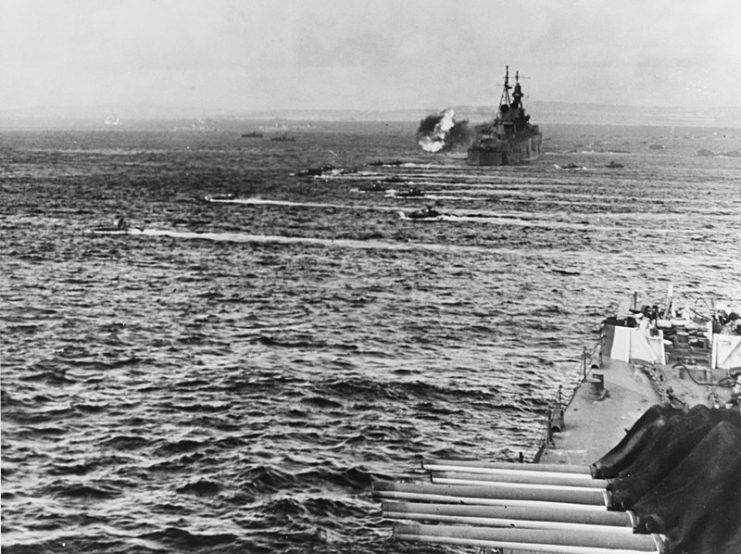
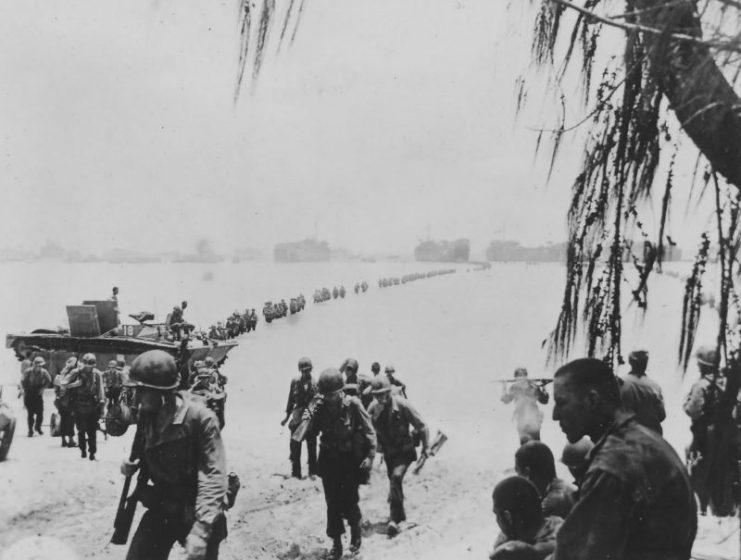
When Baker and his division arrived, they were ordered to provide support for another unit in capturing Aslito Airfield. The 105th moved to the east of the airfield and dug in for the night.
They knew the fight ahead would be hard as the Japanese would not give up the island easily.
On June 19, the 1st battalion pushed their attack toward Nafutan Point, east of the airfield. When they reached Ridge 300, they were confronted by heavy Japanese defenses.
The heavy machine-gun fire forced Colonel O’Brien, the commander of the 1st battalion, to change the attack plan.
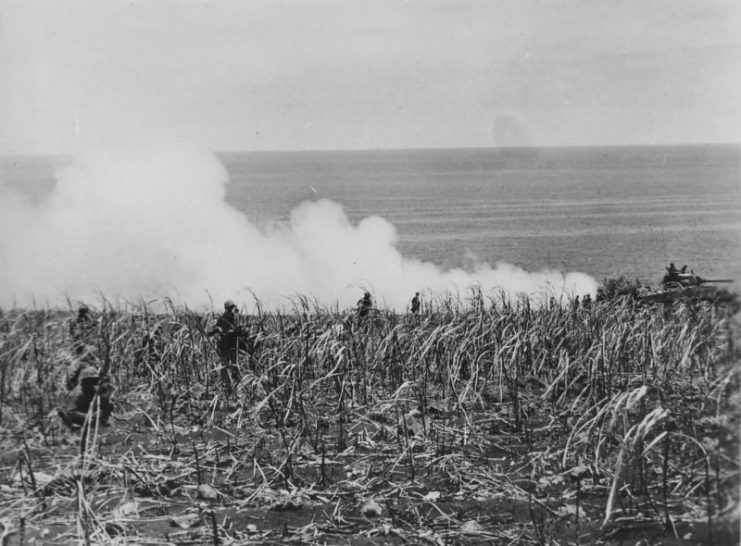
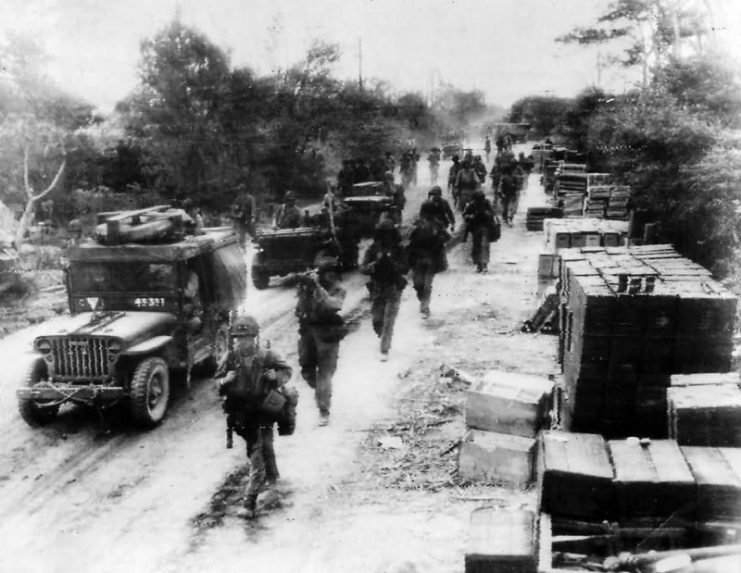
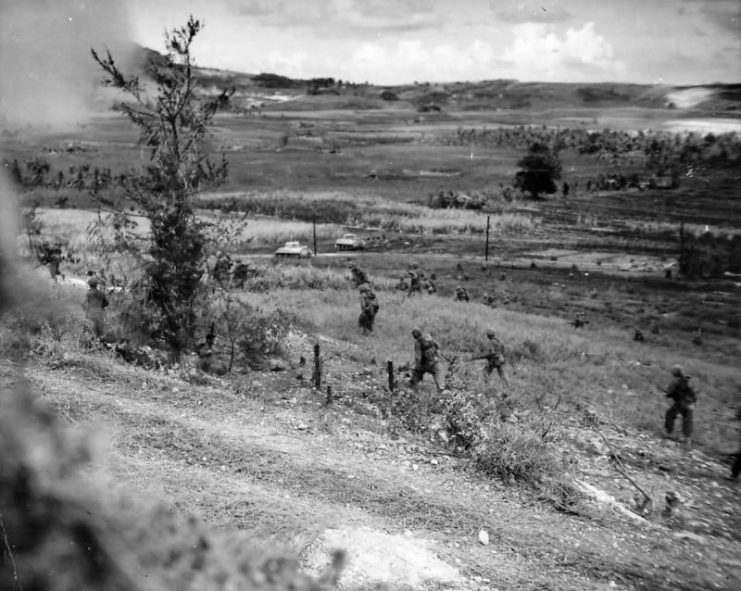
The attack was shifted from the west of the ridge to the north. This was done so tank support could be used to outflank the Japanese on the ridge.
The attack recommenced in the afternoon, but it soon came to a halt, forcing the army to dig in for the night.
The attack was made a bit easier by Baker. He had moved out of his position toward the ridge and observed the location of enemy positions. He borrowed a bazooka from one of the other soldiers and calmly walked into the field.
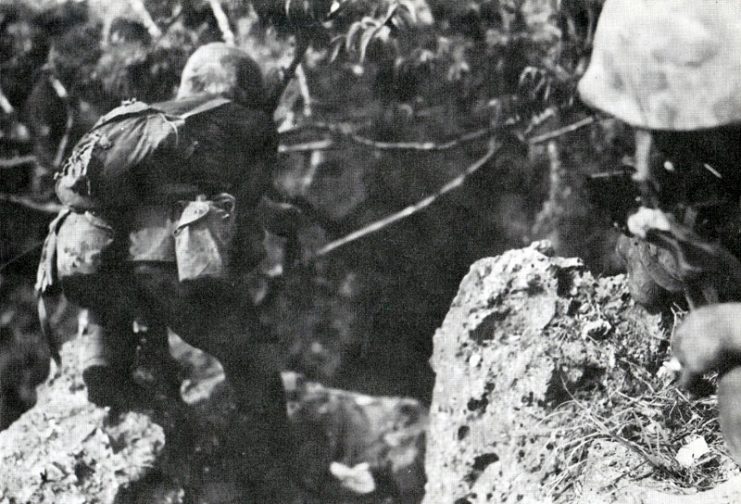
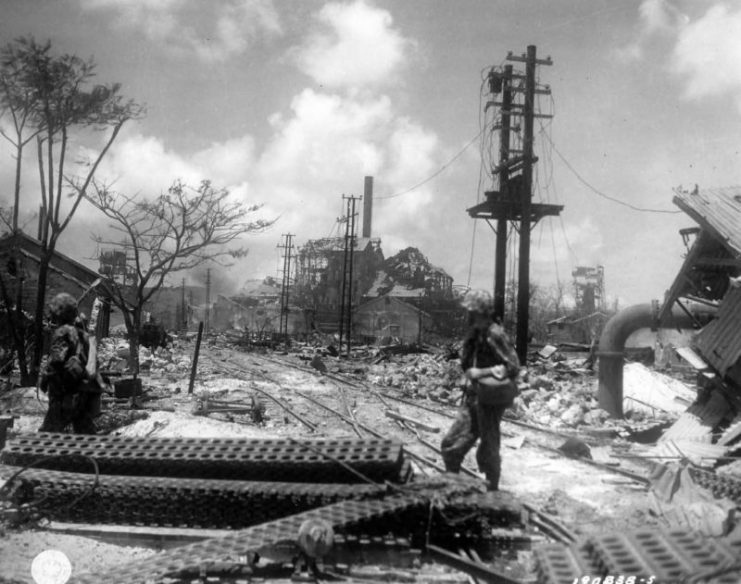
The Japanese continued to shoot at him while he knelt in the middle of the field. He fired the bazooka into the enemy gun position and destroyed it. After firing, Baker walked back to his company.
The second phase of the Battle of Saipan started on June 21, 1944. During this assault, Baker’s company was moving forward across an open field. The field was flanked by obstructions and areas where the enemy could easily hide.
Baker took up a position at the rear of the company during the advance to protect the others from any ambushes.
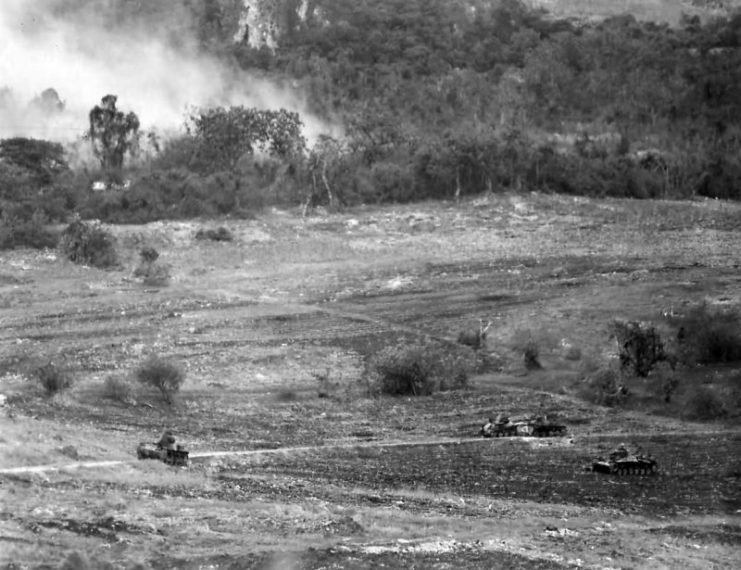
While doing so, he came across two heavily fortified enemy pockets which were manned by ten enlisted men and two officers. The pocket had been bypassed by the rest of the company, but Baker attacked and killed them, disregarding the fact that he was outnumbered.
Further along, he uncovered six enemy soldiers who had concealed themselves and were waiting to ambush the company. Baker shot all six soldiers before continuing with the rest of the company.
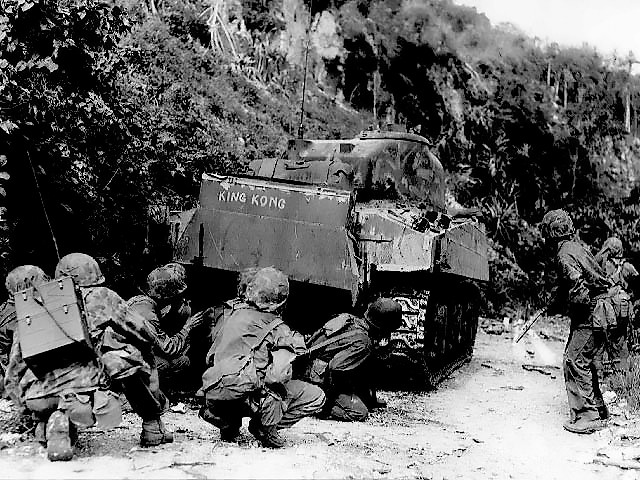
On the evening of July 6, the 1st and 2nd battalions of the 105th were near Tanapag. They dug in and set up a defensive perimeter.
During the evening and night, the Japanese patrolled the area looking for a weak spot. This continued until close to 5 am on July 7, when they launched a gyokusai attack.
Up to 5,000 enemy soldiers converged on the American location. The attack came from three sides and was brutal. In the opening stages of the fight, Baker was severely injured, but he would not be evacuated.
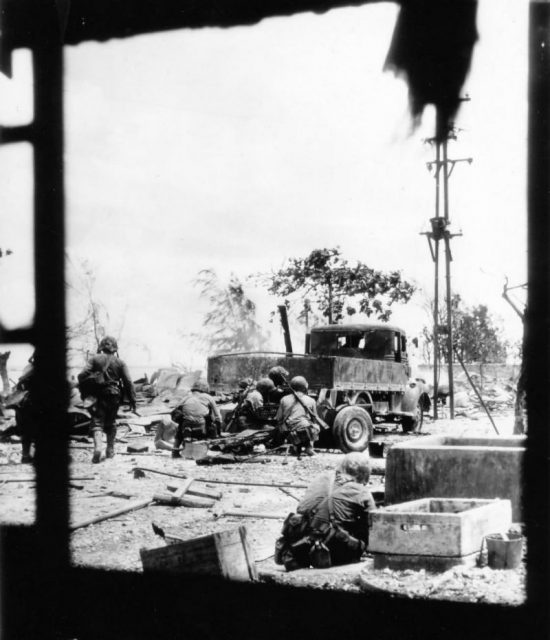
He stayed in position to fight the enemy forces even when his ammunition was gone. After that, he used his rifle in hand-to-hand combat.
Finally, without any ammunition and his weapon battered to uselessness, he was carried 50 yards away from the fight by a fellow soldier.
The soldier helping him was wounded at that point, and Baker refused to be moved any further. He insisted that the other soldiers continue to safety while he remained where he was.
At Baker’s request, he was propped against a tree and given a pistol filled with only eight bullets.
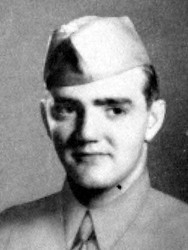
Read another story from us: The “Bazooka” and It’s Evolution in Photos
Want War History Online‘s content sent directly to your inbox? Sign up for our newsletter here!
This would be the last time Baker was seen alive.
When the area was later retaken by US forces, they found his body just as his fellow soldiers had left him. Around him were the bodies of eight enemy soldiers.
